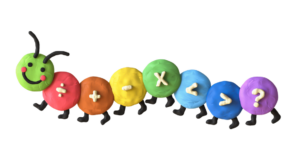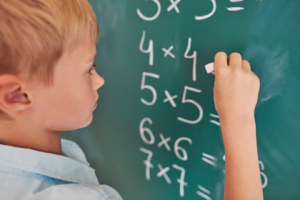Conclusion: More to School than Meets the Eye
There is more to school than reading a book, writing a paragraph, or solving a math equation. What about all those sometimes forgotten skills that help us to be successful as we take notes, follow directions, play a game, take a test or interact with classmates? These abilities cannot be ignored no matter if the student is primarily an auditory, visual or kinesthetic learner. I have learned that since the eyes take in the information and the brain makes sense of what it sees, the visual system is of high importance.
General School Difficulties
- Having efficient speed/accuracy/ memory needed to copy from the board to their paper
- Forgetting which way was right or left when playing games
- Mixing up cardinal directions
- Following multistep directions
- General ability to process information and remember it
- Wearing shoes on the wrong feet
- Proper organization of school supplies/work
- Needing to touch everything to know how it feels

Education and Vision Therapy
I am sad when I think of my students who lost confidence to do their work correctly and retreated into themselves. I also had students do the opposite, who acted out behaviorally because doing the work was so hard for them. Staying at either end of the spectrum for too long is not a place we want a child to be. Something that vision therapy offers is the chance to be in an environment where making mistakes is okay. During vison therapy we learn and grow in multiple ways at each session. While working on eye focusing skills we learn patience. We teach our eyes to work as a team, while being a part of a team that encourages each other to do our best. Our eye tracking abilities improve while we push ourselves. We gain spatial awareness and appreciate the body God gave us. A positive attitude helps foster and encourage our visual thinking skills. As a former classroom teacher and current vision therapist, I am blessed to continue my work of helping others learn more than classroom skills, but life skills as well.



